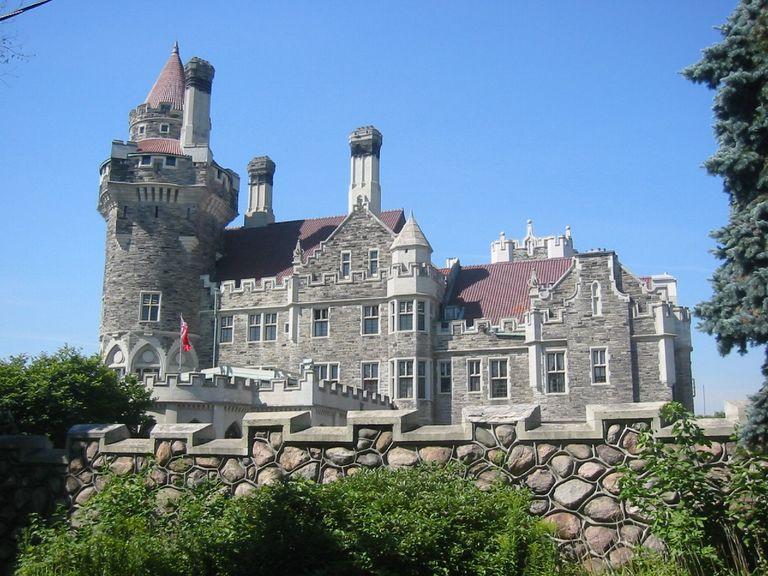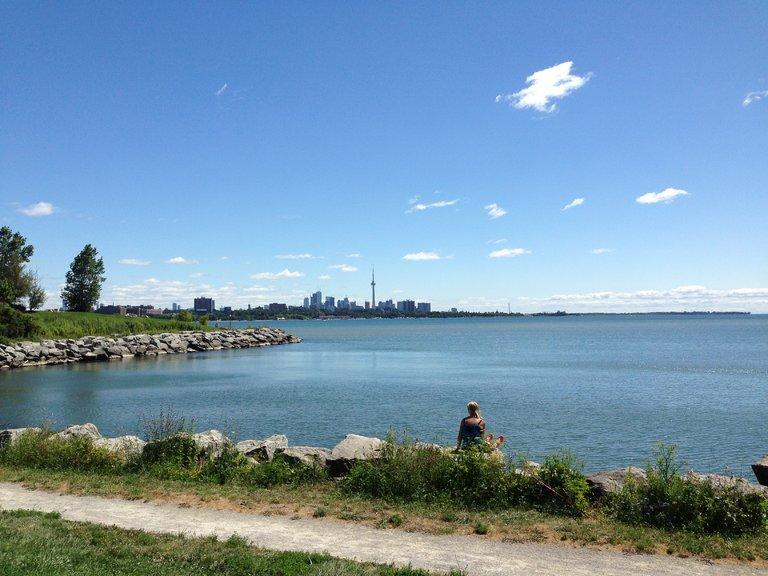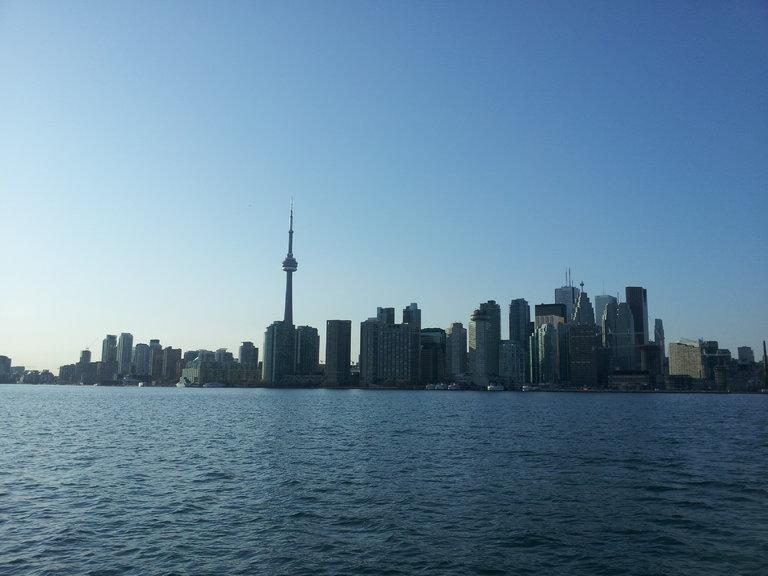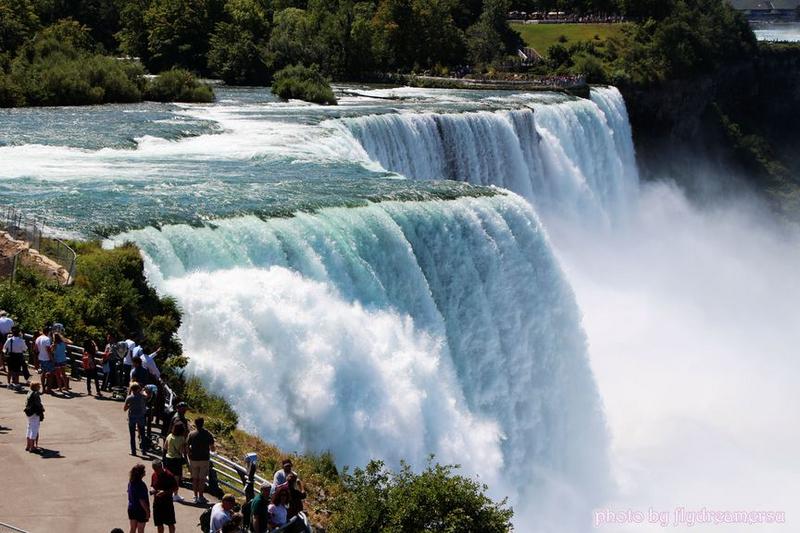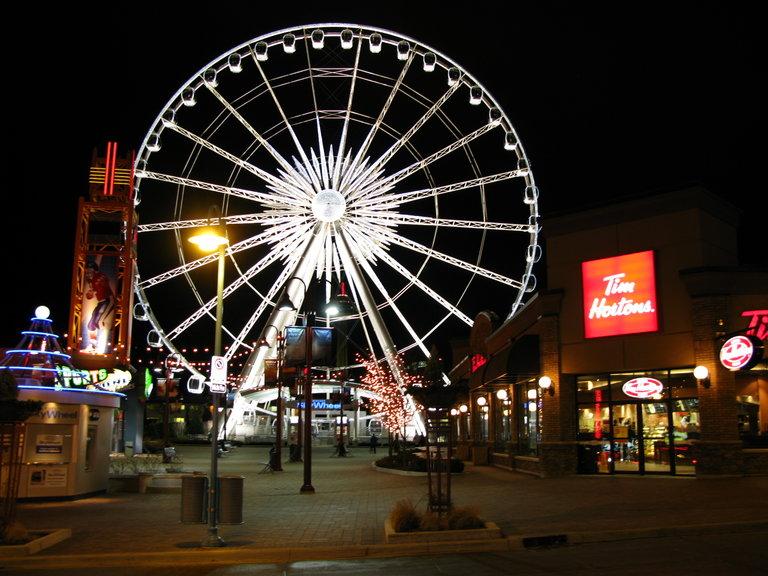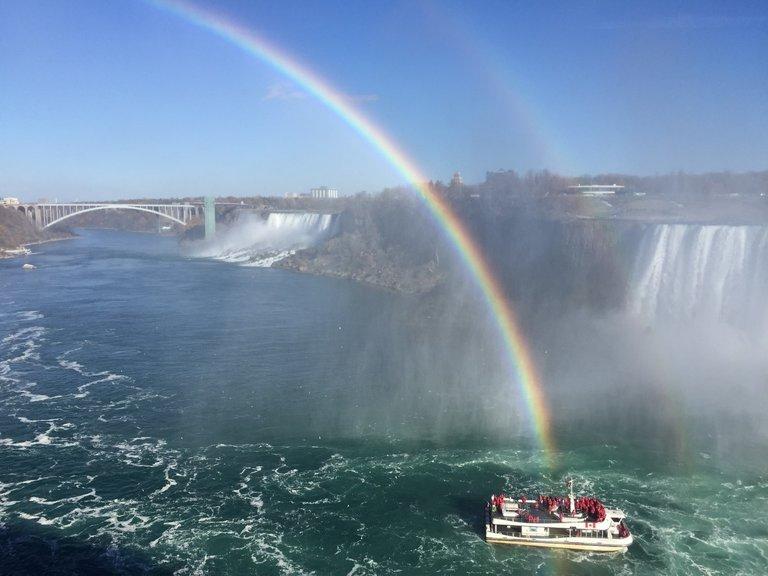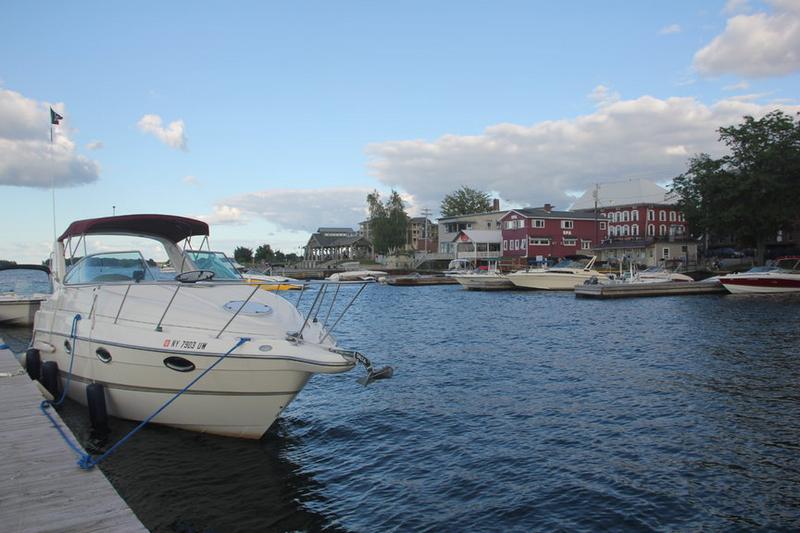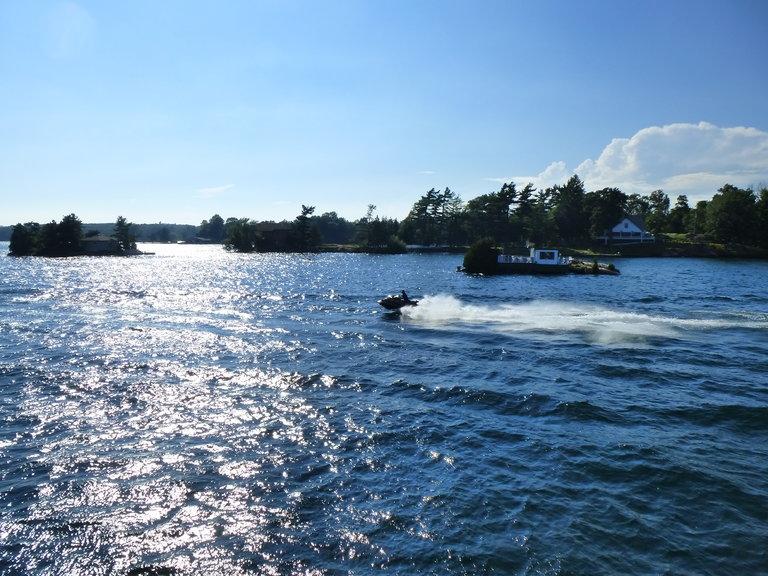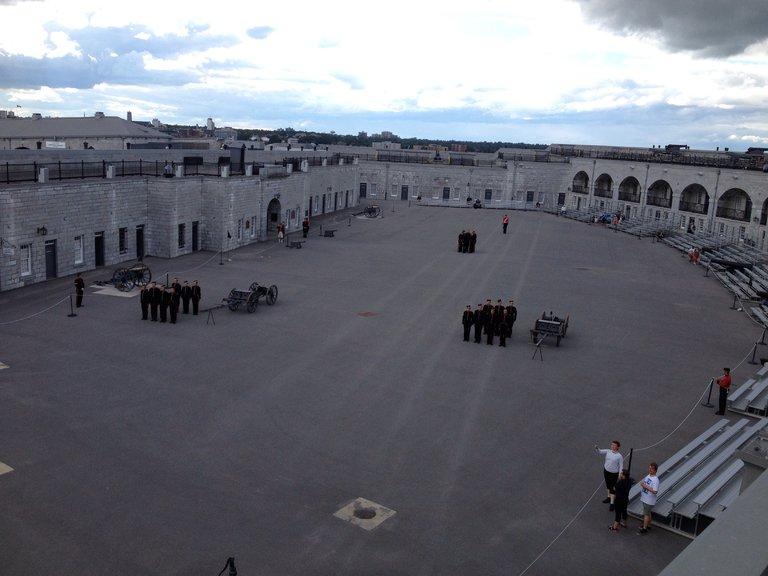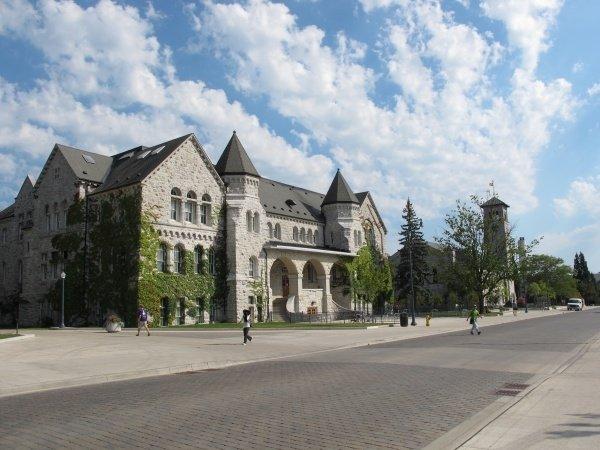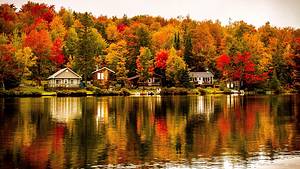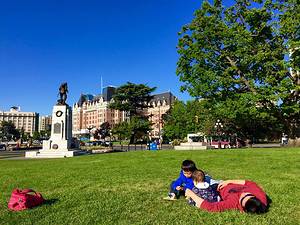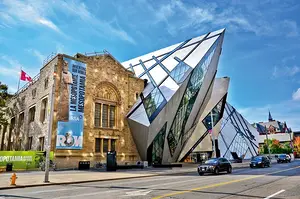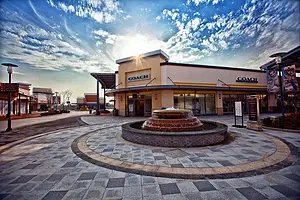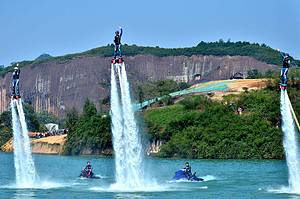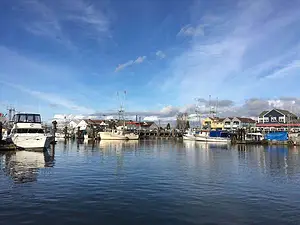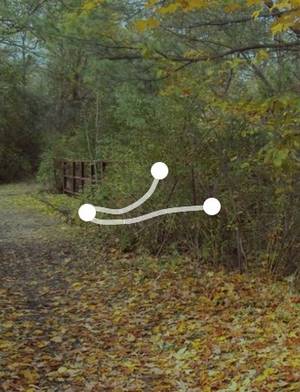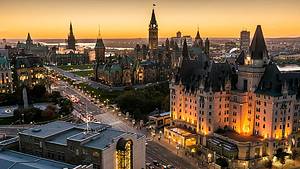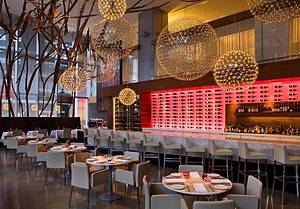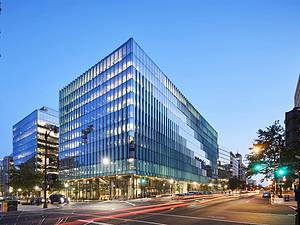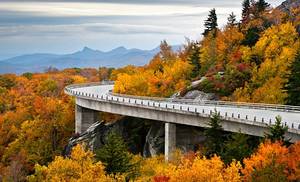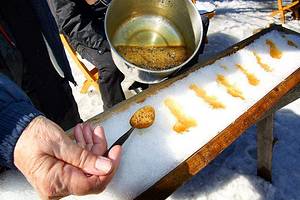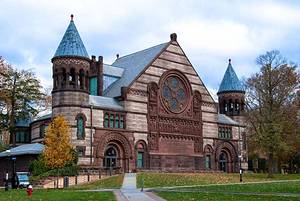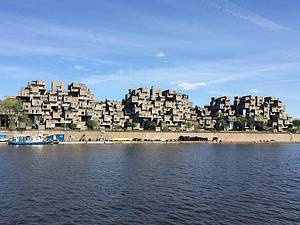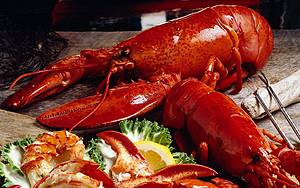Toronto - Niagara Falls 3-day leisure trip
3 cities |
13 attraction(s) |
total distance 92
km
 TIPS
TIPS
Day1
Day2
Day3
Day1: Toronto
5 attraction(s) ·
10 km
1
Casa Loma, located in the northwest of downtown Toronto, is a grand mansion that showcases Toronto's history. It was built by Sir Henry Mill Pellatt, a prominent Toronto financier, industrialist, and military figure. Pellatt, who had a deep interest in art and architecture, fulfilled his lifelong dream of owning his own castle in 1911. The castle, designed in a medieval style by renowned architect E.J. Lennox, took nearly three years and over 300 workers to construct. Today, Casa Loma is owned by the City of Toronto and open to visitors. It has been featured in several Hollywood films due to its unique medieval architectural style. The mansion also hosts various charity events and high society parties from time to time.
5
km
2
Yonge-Dundas Square is a well-known commercial center and public square located in downtown Toronto, Canada. It regularly hosts various public events, performances, and exhibitions, making it a prominent landmark and a must-visit destination for tourists in Toronto. With 22 illuminated fountains, visitors can enjoy free performances or simply relax in a peaceful and pleasant environment.
3
km
3
The CN Tower is an iconic building and pride of Toronto. It stands at a height of 553.33 meters and was officially opened in 1976, holding the title of the world's tallest building for 34 years. Its rocket-like shape and unique structure can be seen clearly in most parts of the city. While initially built for television and radio broadcasting, the CN Tower now serves as a main lookout tower and has an observation deck open to tourists. It also continues to serve multiple Canadian television stations and frequency modulation stations. In 1995, the American Society of Civil Engineers listed the CN Tower as one of the "Seven Wonders of the Modern World" (alongside the Golden Gate Bridge in San Francisco, the Panama Canal, and the Empire State Building, among others). The CN Tower consists of a main deck and a skypod. The main deck has 7 floors, with some floors open to visitors. It only takes 58 seconds to reach the observation deck by elevator from the ground. The main lookout and the famous glass floor are located at a height of 243 meters above the ground, equivalent to 113 floors. Visitors with acrophobia should be prepared when looking down through the glass floor. The observation deck offers panoramic views of Toronto. Visitors can also consider dining at the 360 Restaurant, a revolving restaurant on the main deck, while enjoying the view of Toronto from above. In addition, in 2011, the CN Tower introduced the Edge Walk, a thrilling and challenging activity. Under the guidance of trained guides, visitors can walk along the outer edge of the main deck in a complete circle. The 30-minute walk costs 175 CAD and is available from May to October. Visitors can choose to pay an additional fee to take the elevator to the skypod. The skypod is located at a height of 447 meters. There is a telescope available, and on clear days, visitors can even see the Niagara Falls across the lake.
1
km
4
The vast lakeside area of Ontario is one of the most beautiful areas in Toronto. After redevelopment starting in 1976, this area has experienced a complete revitalization. The waterfront promenade built along the lake is a place for citizens to rest and is also a tourist attraction. Visitors can take sightseeing boats that cruise along the lake, stroll along the lakefront, and visit various interesting exhibitions and performances at the Harbourfront Centre. Here, you can watch artisans blowing glass, making pottery, and creating jewelry in the craft studios for free. You can also learn kayaking and canoeing, enjoy various performing arts shows, visit a flea market selling crafts, and easily spend a few hours there.
2
km
5
Toronto Island is a series of small islands in Lake Ontario. It features rolling lawns, white sandy beaches, and a large summer amusement park. Motor vehicles are not allowed on the island, but there are rental services for bicycles and small boats. It is a true paradise with greenery, birdsong, and fragrant flowers. There are also beaches, picnic areas, and rental services for bicycles and canoes. You can reach the island from the southern end of Bay Street by ferry in about ten minutes.
Day2: Niagara Falls
3 attraction(s) ·
6 km
2
The Niagara SkyWheel is located on Clifton Hill in Niagara Falls, Ontario, Canada. This ferris wheel is 53 meters taller than Niagara Falls and is one of the best choices for viewing Horseshoe, American Falls, Niagara River, Niagara Parks, and other iconic landmarks in Niagara.
1
km
3
The Rainbow Bridge spans the Niagara River, connecting Niagara Falls, USA and Niagara Falls, Canada. It can be crossed by car, bicycle, or on foot, allowing visitors to enjoy the beautiful scenery of Niagara Falls while crossing.
Day3: Niagara Falls > Kingston
5 attraction(s) ·
76 km
1
Clayton, New York, located on the American side of the Thousand Islands region, is known for its beautiful landscapes. The Thousand Islands area is actually a collection of numerous small islands scattered near the eastern end of Lake Ontario. The famous Niagara Falls is located upstream, approximately 400 kilometers away from Thousand Islands Lake by car. While not a part of Niagara Falls' tourist attractions, Clayton is still a popular destination for budget travelers.
32
km
2
There is a Thousand Islands Lake near Kingston, located over 200 kilometers southwest of Ottawa, Canada. It was formed during the ice age and is connected to the Atlantic Ocean. There are a total of 1865 islands, with the dividing line in the center of the lake separating it into two parts. The southern bank belongs to New York State, USA, where American flags are often seen flying. The northern bank belongs to Ontario, Canada, where both Canadian and American flags are commonly flown. Of the 1865 islands, two-thirds are within Canadian territory, while the islands owned by the United States are mostly large and have deep water channels leading to the Great Lakes, which consist of five lakes along the Canada-US border: Lake Ontario, Lake Erie, Lake Superior, Lake Michigan, and Lake Huron. In Ivy Lea, a place in Thousand Islands Lake, an international bridge connects the United States and Canada, resembling a natural rainbow and adding a touch of beauty to the lake. Vehicles constantly cross the bridge, creating a bustling scene.
41
km
3
Kingston was once the capital of Canada. Its most famous tourist spot is Fort Henry, which guarded the entrance of the Saint Lawrence River into the Great Lakes and was very functional during the War of 1812.
3
km
4
Kingston City Council is the office of the local government and a must-visit place for tourists visiting the Kingston area.
2
km
5
Queen's University, located in Kingston, Ontario, Canada, was established in 1841. It originated from Queen's College, which was founded under a royal charter by Queen Victoria. Known for its emphasis on teaching, Queen's University is not large in size but boasts top-notch schools of business and medicine. Although it does not have an engineering school, it does have a School of Applied Science where the Engineering Physics program is ranked third in North America, following only Princeton University and Cornell University. Queen's University is renowned for its humanities, arts, education, and law programs. It has consistently maintained a high academic standard and is often considered one of Canada's Ivy League schools, along with the University of Toronto and McGill University.
